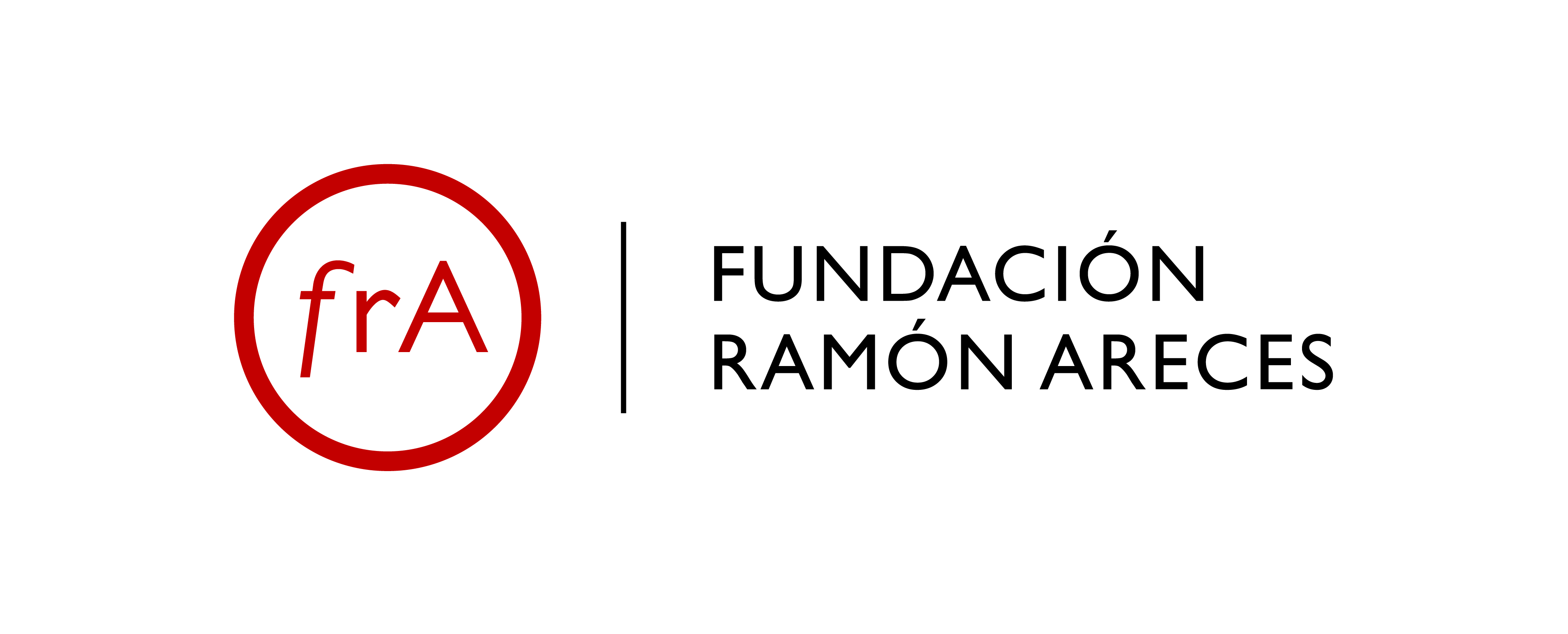
Columnar liquid crystals are a source of 1D nanostructures to develop materials with advanced functionalities. Efficient organic semiconductors, flexible electrolytes for ion batteries and light emitting sensory materials are among the aimed targets, as columnar organizations act as nanochannels able to potentiate charge transfer, energy transfer or mass transport through the columns.In this topic we focus on the design and synthesis of molecules that bear the precise information to self-assemble in columnar organizations through non-covalent interactions, mainly by hydrogen bonding.These supramolecular systems permit accessing complex architectures, simplifying the preparation of the functional material, not only in the liquid crystal phase, but for their transfer to the preparation of nanoaggregates and gels by self-assembly in organic or aqueous media. We are also interested on luminescent self-assemblies showing aggregation induced emisson (AIE) and highly efficient and color switchable phosphorescence.
Involved researchers: Raquel Giménez (
Key recent publications:
Non‐Covalent Design of Columnar Liquid Crystals on the Way to Nanostructured Functional Materials in “Supramolecular Nanotechnology. Advanced Design of Self-Assembled Functional Materials”, (Eds: O. Azzaroni and M. Conda-Sheridan), Wiley-VCH, 2023, ISBN-10: 3527349480.
J. Mol. Liq, 2022, 365, 120109. https://doi.org/10.1016/j.molliq.2022.120109
J. Mater. Chem. C, 2021, 9, 1972. https://pubs.rsc.org/en/content/articlelanding/2021/tc/d0tc05186a
J. Mater. Chem. C, 2020, 8, 6552. https://pubs.rsc.org/en/content/articlelanding/2020/tc/d0tc00642d
J. Am. Chem. Soc., 2016, 138, 12511. https://pubs.acs.org/doi/full/10.1021/jacs.6b06792
Org. Lett. 2010, 12, 7, 1404. https://pubs.acs.org/doi/full/10.1021/ol902900y




